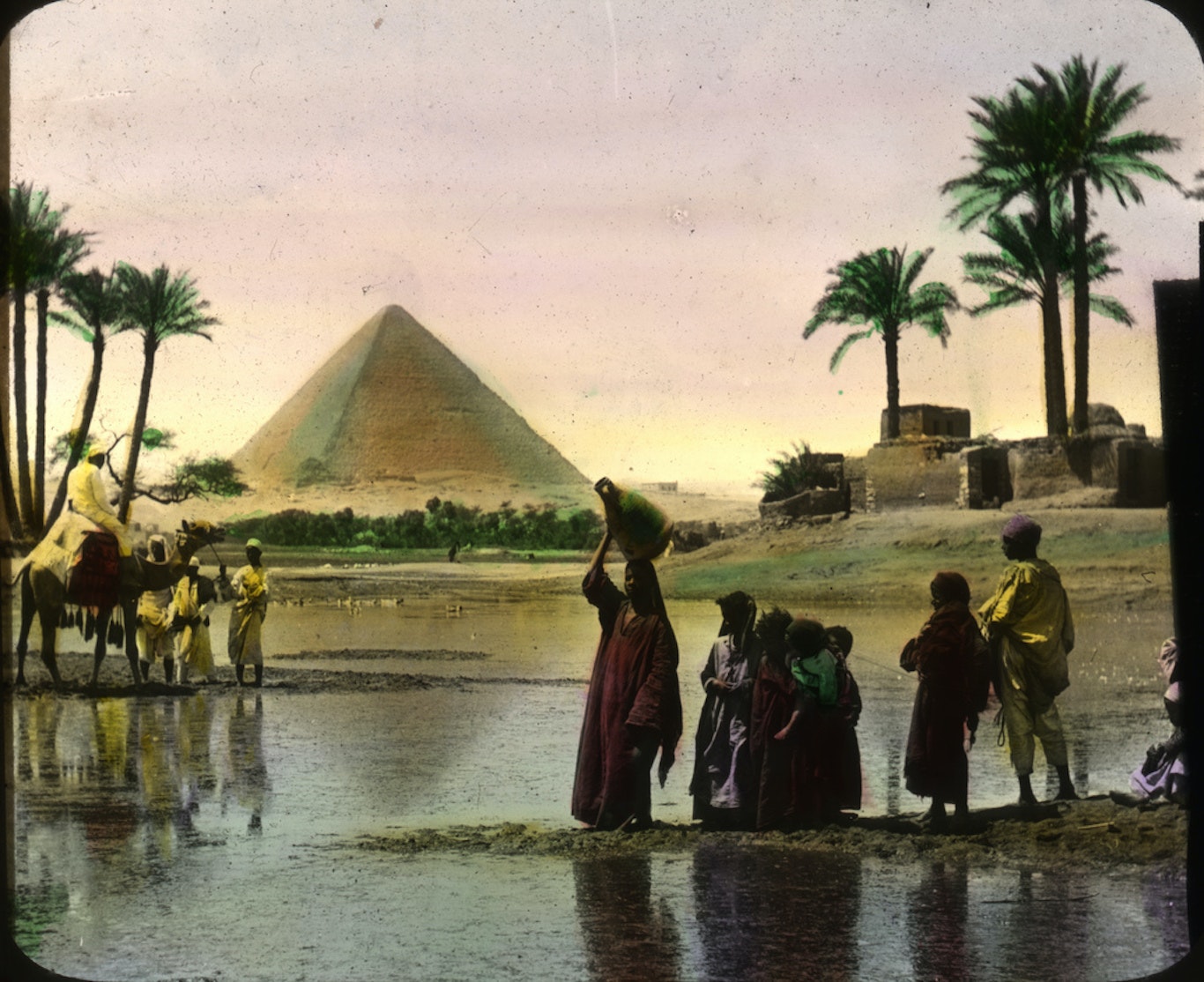Religion was the most powerful force animating Egyptian society. The Egyptian was ready to accept overlapping divinities and to add new ones whenever it seemed appropriate; if a new area was incorporated into the Egyptian state, its gods would be added to those already worshiped.
From the beginning, Egyptian cults included animals. As time passed, the figures of Egyptian gods became human, though often retaining an animal’s head or body. Osiris, the Egyptian god who judged the dead, began as a local Nile Delta deity. He taught humans agriculture. Isis was his wife and animal-headed Seth, his brother and rival. Seth killed Osiris. Isis persuaded the gods to bring him back to life, but thereafter he ruled below (a parallel to the fertility and vegetation-cycle beliefs we have already encountered in
Mesopotamia and will encounter again in Greece). Osiris was identified with the life-giving, fertilizing Nile, and Isis with the fertile earth of Egypt. Horus, the god of the sky, defeated the evil Seth after a long struggle.
But Horus was only one kind of sky god. There was also Re, the sun god, later amalgamated with Amen, and still later Aten. The moon god was the baboon- headed Thoth, who was god of wisdom, magic, and numbers. In great temple cities like Heliopolis, priests worked out and wrote down hierarchies of divinities. Out in the villages all the forces of nature were deified and worshiped. One local god was part crocodile, part hippopotamus, and part lion—a touching revelation of what farmers along the river banks had to worry about.
Egyptians were preoccupied with life after death. They believed that after death each human being would appear before Osiris and recount all the evil he or she had not done on earth: “I have not done evil to men. I have not ill-treated animals. I have not blasphemed the gods,” and so on. Osiris would then have the person’s heart weighed to test the truth of this self-defense, and the dead person would be admitted or else delivered over to judges for punishment.
Egyptians believed not only in body and soul, but in ka, the indestructible vital principle of each person, which left the body at death but could return at times. That is why the Egyptians preserved the body through mummification—so that the ka, on its return, would find it not decomposed. And that is why they filled the tombs of the dead with all the objects that the ka might need or take delight in on its return to the body; otherwise it might come back and haunt the living.

